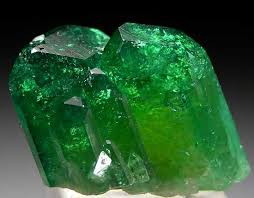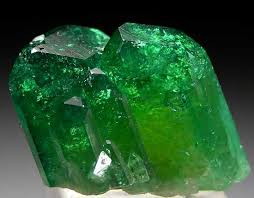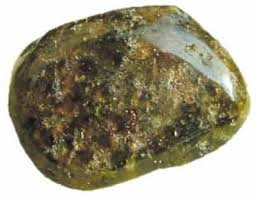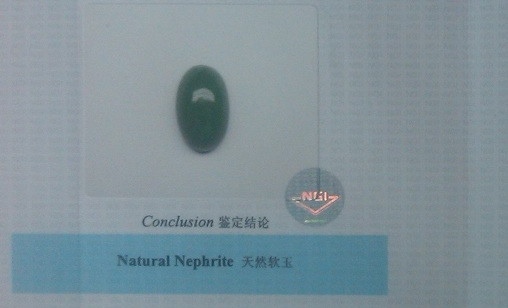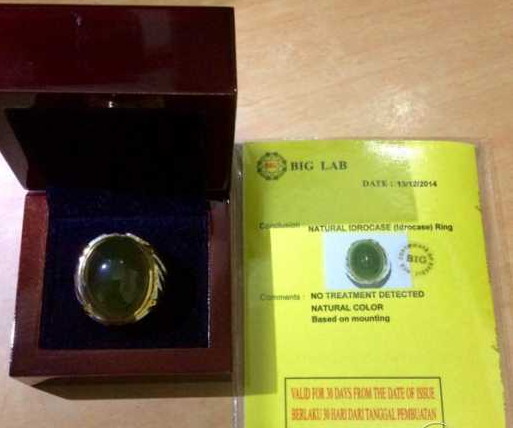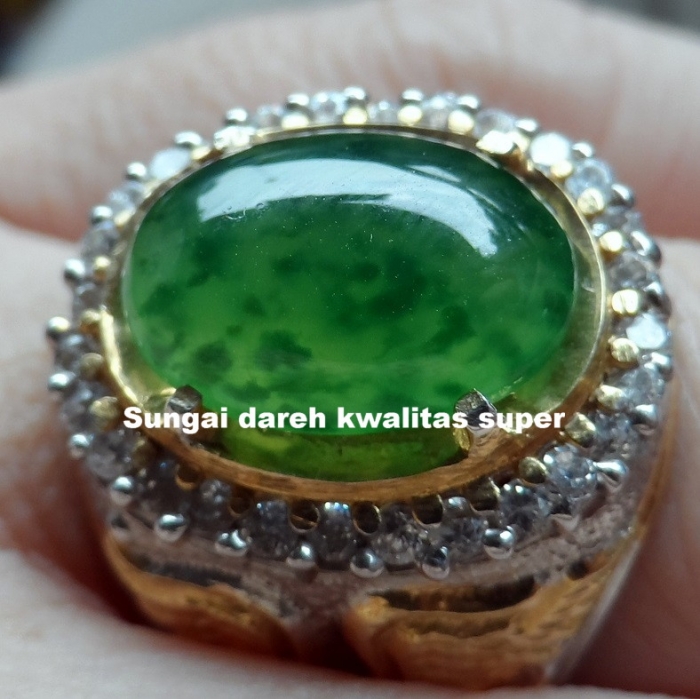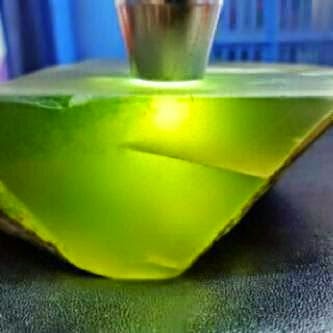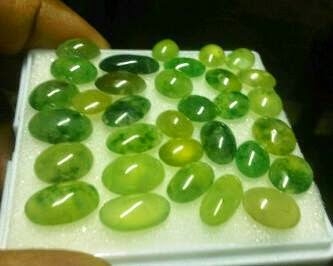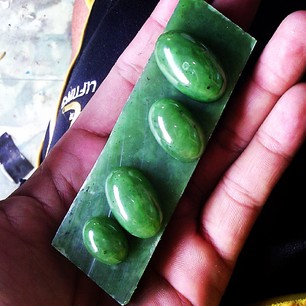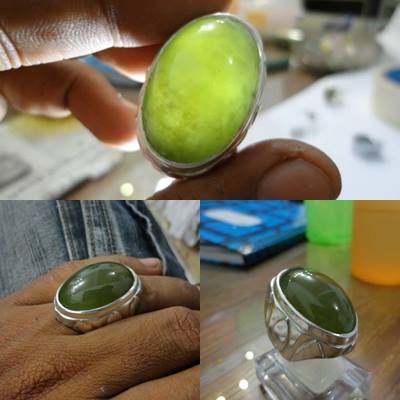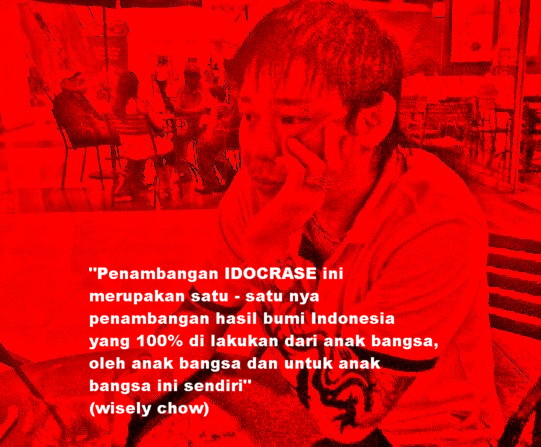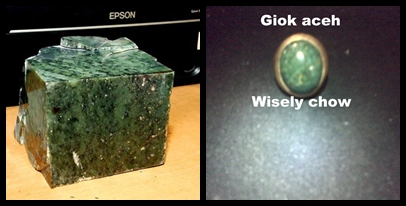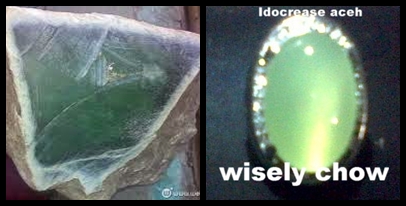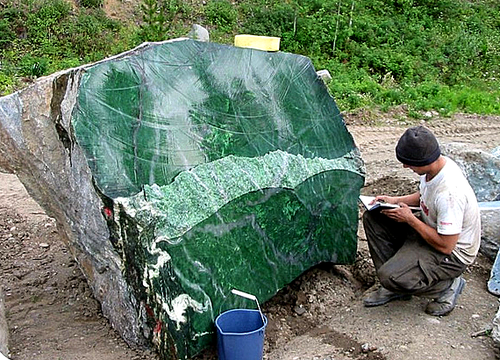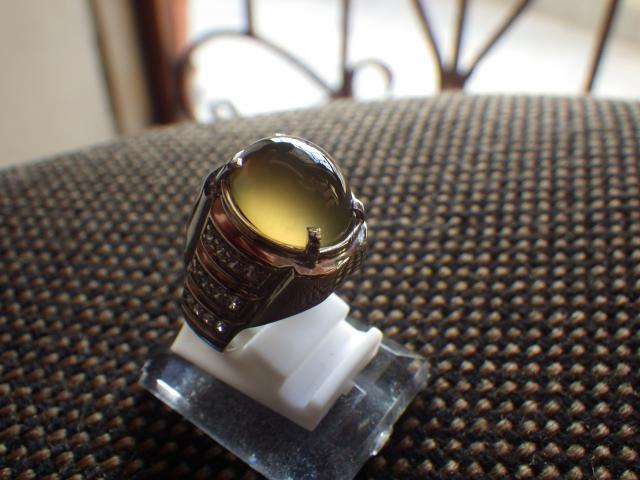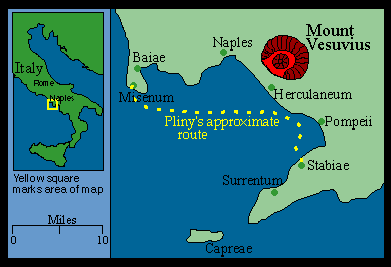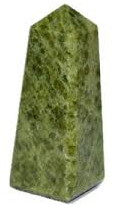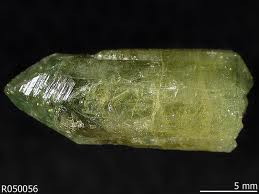
Mengidentifikasi Idocrase
Idocrase adalah campuran kompleks logam, oksigen, hidrogen dan fluoride, yang diklasifikasikan sebagai silikat kalsium aluminium, dengan berat jenis berkisar 3,32-3,47, kurang lebih sama seperti tanzanite. Idocrase memiliki ukuran indeks bias 1,700-1,723, sedikit lebih rendah dari spinel dan garnet. Hal ini sedikit lebih lembut daripada kuarsa, peringkat 6,5 pada ukuran skala kekerasan Mohs. Kristal Idocrase terbentuk dalam struktur tetragonal. Bentuk besar yang umum dan bisa sangat sulit untuk membedakan dengan garnet grossular. Namun, garnet grossular jauh lebih sulit.
Identifying Idocrase
Idocrase is a complex mixture of metals, oxygen, hydrogen and fluoride, which is classified as a calcium aluminum silicate, with a specific gravity ranging from 3.32 to 3.47, approximately the same as tanzanite. Idocrase has a refractive index size from 1.700 to 1.723, slightly lower than the spinel and garnet. It is a little softer than quartz, ranked 6.5 on the Mohs hardness scale size. Idocrase crystals formed in the tetragonal structure. Large shapes are common and can be very difficult to distinguish with grossular garnet. However, grossular garnet is much more difficult.

Asal dan Sumber Idocrase

Idocrase or Vesuvianite found in a number of locations in the world. It is known to form in skarn (silicate gangue or waste rock) and limestone deposits through geological process of contact metamorphism. Quality of a set of the most famous gems are from Quebec, Canada and Mt. Vesuvius in Italy. Other important sources include the Ural Mountains of Russia and China, Norway, Pakistan, Sweden, Switzerland, Kenya, Tanzania and the United States (California, Arkansas, Maine, Vermont and New Hampshire). ... And it looks like they do not know that in Indonesia there are also many Idocrase.

More recent discoveries actually comes from Kenya and Tanzania are said to have found some gemstones Idocrase with transparent quality is very good for the market, albeit in very limited quantities.





